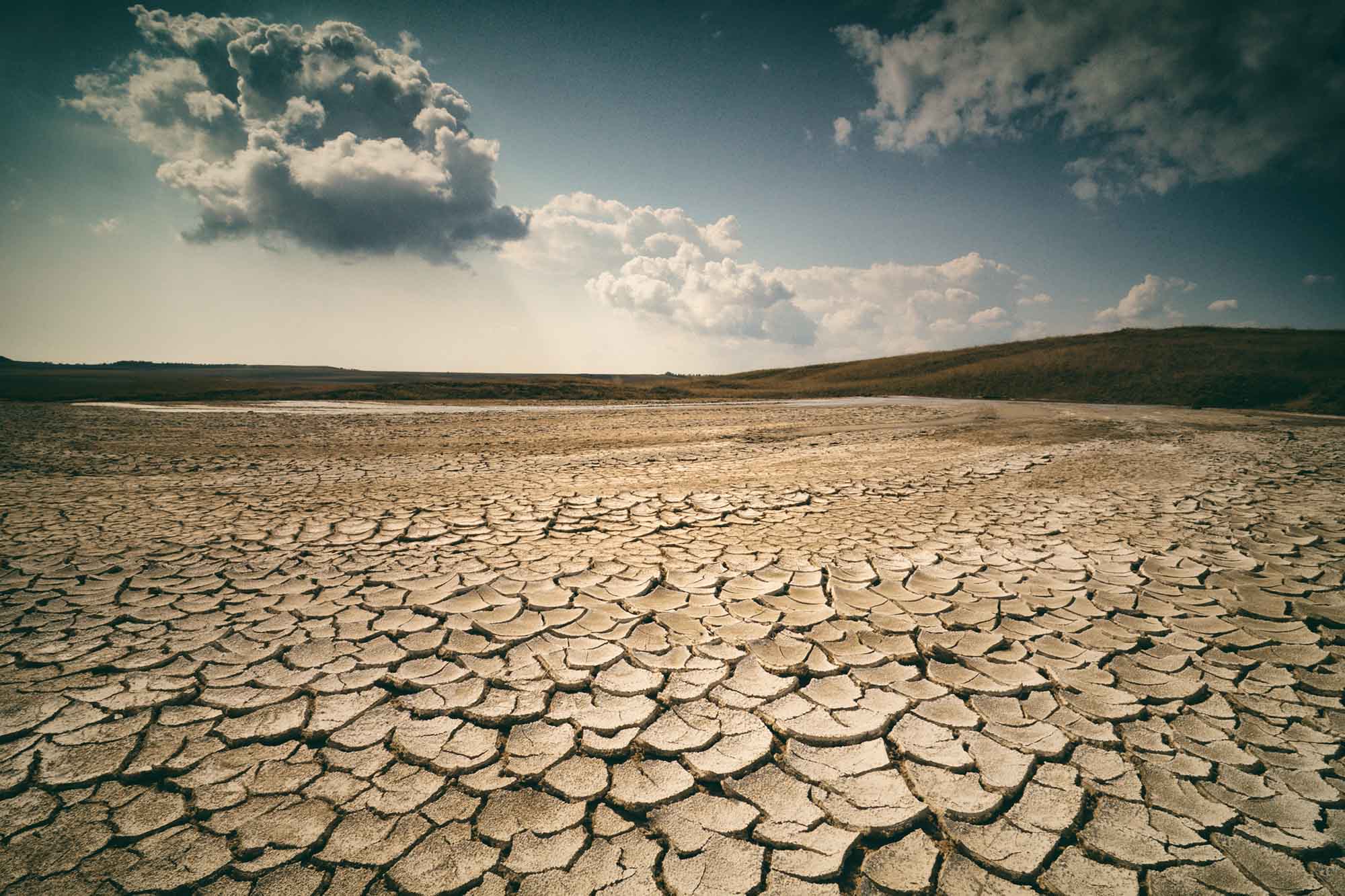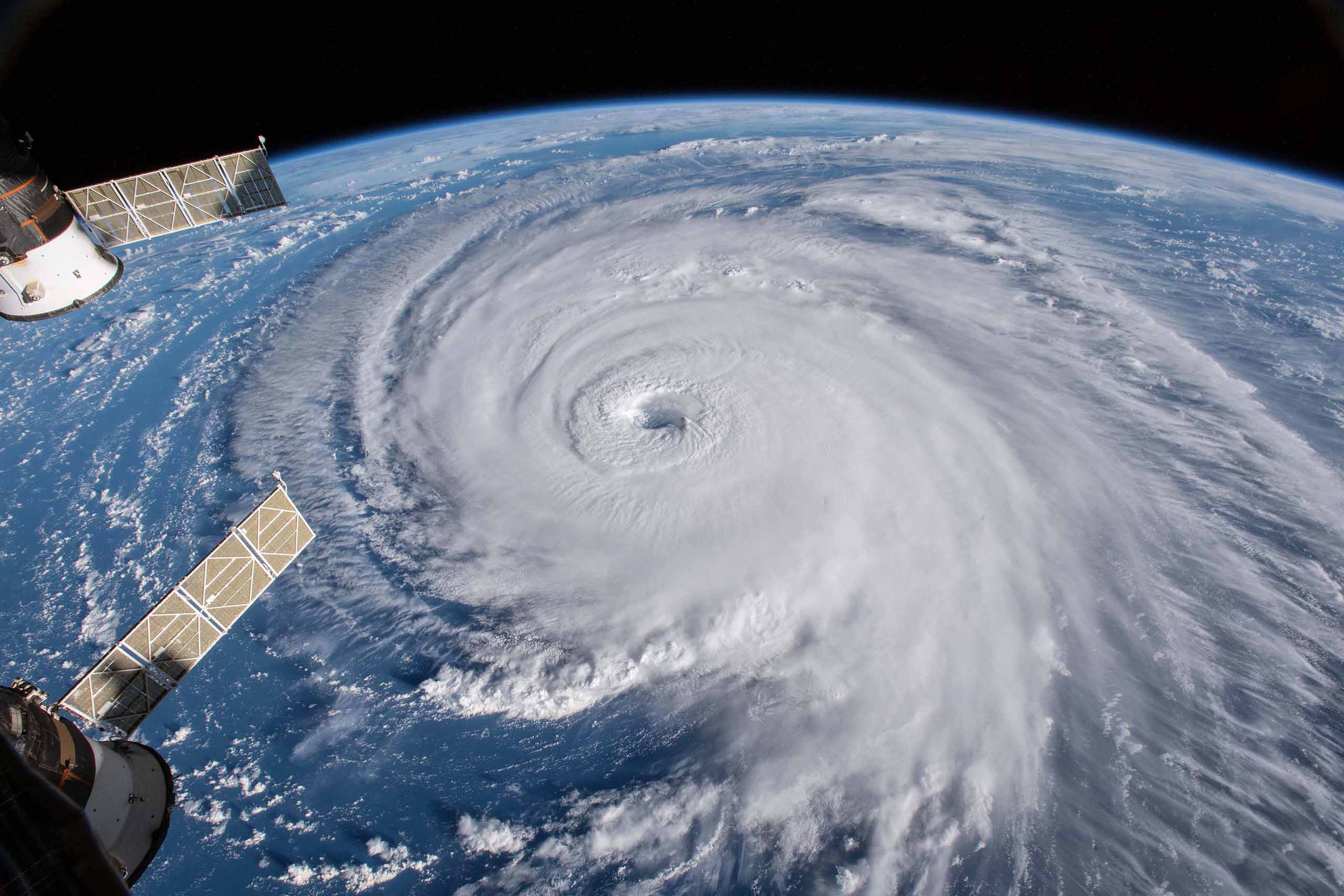What makes a hurricane so destructive? It’s not just the high winds. The eye of a hurricane — and specifically the eyewall — is one of the most dangerous parts of the storm. This blog post will explain what an eye is and how it forms. We will also talk about the eyewall and what makes it so strong. Finally, we will give you some tips on surviving a major hurricane.
More Weather Blogs
What causes the eye of a hurricane?
The eye of a hurricane is an area of calm at the center of the storm, where wind and rain subside as the center of the storm is overhead. It’s not uncommon to see clear skies and sunshine — even birds overhead. But how does this area of calm form?
While the exact atmospheric processes that cause an eye of a hurricane to form are not completely understood, as tropical storms strengthen into hurricanes, the center of these storms becomes quite strong, and the pressure drops. This allows air to build up in the upper levels, creating an area of high pressure that allows the storm to continuously circulate air through and out the storm, crucial to development.
These lower pressures also cause air to naturally sink in the center of the storm, causing the clear skies that are often seen when in the eye, surrounded by tall storm clouds in seemingly every direction in a bowl shape — what’s known as the “stadium effect.”

Why don’t all hurricanes have eyes?
One of the most distinctive characteristics of a hurricane is its “eye” – a region of calm weather in the center of the storm. However, not all hurricanes have eyes. Only about two-thirds of hurricanes do. Why is this?
Scientists believe that two main factors determine whether or not a hurricane will have an eye. The first is the size of the storm. Hurricanes with a large diameter are more likely to have an eye than those with a small diameter. The second factor is the strength of the storm. Stronger hurricanes are also more likely to have an eye, although occasionally rapidly strengthening tropical storms and hurricanes develop eye-like structures early on in their development.
What also seems to be required is the high-pressure aloft that we previously described. This allows the storm to “breathe,” which likely further promotes the cloudless skies within the eye. In any case, the calm within the eye is deceptive, as the other side eyewall will soon pass.
What is the eyewall?
The eyewall is a ring of thunderstorms that surround the eye of a hurricane. It is also the portion of the storm where the strongest winds are found, and often brief tornadoes are found within the storms rapidly circulating the eye. If the eyewall is expected to pass overhead, you should be prepared for extreme weather conditions.
So why is the eyewall so dangerous? There are two main reasons. First, the winds in this area can be extreme, often exceeding 100mph with much higher gusts, which can do serious damage to property. Near the coast, the surge will likely be at its highest point, and torrential rain will occur.
You don’t necessarily need to experience the eye to experience the eyewall. Often, the worst damage with the eye of a hurricane is found to the north and south of where the eye makes landfall. Instead of experiencing a period of calm, these areas experience extreme weather conditions for an extended period of time.

How to survive a major hurricane
The eye of a hurricane can be both an awe-inspiring and frightening sight. If you find yourself in the path of a storm, here are some tips for surviving a major hurricane:
- Before the storm hits, stock up on supplies such as food, water, and flashlights.
- Bring in any loose objects from outside that could be blown away by high winds.
- Stay indoors during the storm and away from windows.
- If you lose power, be careful using candles or other open flames.
- Avoid floodwaters, which can be contaminated with sewage or other harmful chemicals.




